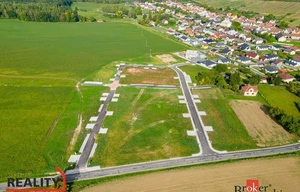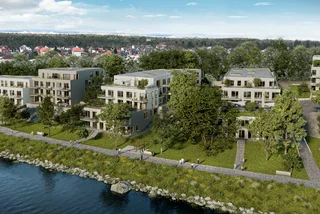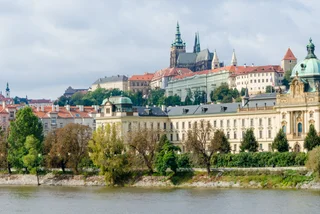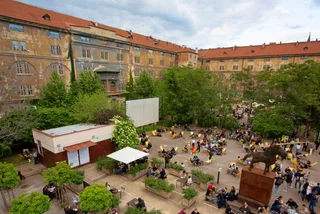Czechia’s birth rate is falling sharply and experts say the decline is unlikely to reverse, a trend that will accelerate population loss and the ageing of society in the decades ahead.
The warning comes as new data show the country’s population dropped by 27,200 in the first half of this year, with deaths outnumbering births and migration no longer offsetting the shortfall. Tomáš Kučera, a demographer from Charles University, cautions this shift will affect pensions, healthcare, and the labor market.
“The number of potential mothers, and the overall reproductive potential of our population, will shrink. Demographic, economic, social, and political developments at home and abroad give little hope for fertility growth in the coming years,” Kučera said, adding that boosting the birth rate under current conditions would be a “superhuman task.”
According to the Czech Statistical Office, 120,000 to 140,000 people are expected to die annually from the 2030s to the 2070s, while only 60,000 to 75,000 babies will be born each year. The fertility rate has already fallen from 1.83 children per woman in 2021 to 1.37 this year.
Kučera noted that the number of women aged 15 to 49, particularly those in their peak childbearing years between 28 and 33, is declining rapidly. This demographic factor and falling fertility will deepen the imbalance between births and deaths.
Housing is an obstacle
The demographer said one of the biggest obstacles for young families is affordable housing.
“If I wanted to increase the birth rate, or at least slow its further decline, I would start building starter homes massively,” he said. He added, however, that housing is not the only factor, and broader social and economic pressures also play a role.
The effects of low fertility will be most visible in the ageing of the population. A growing share of older residents will require more resources for healthcare and social services. “The ageing of the population will have rather negative consequences for society, which will have to spend more money and time on caring for the elderly,” Kučera said.
Economists warn that demographic decline could put pressure on the pension system and the workforce. Still, Kučera believes automation and labor migration will help companies adapt to a smaller pool of workers.
How does Czechia compare to the rest of Europe?
Czechia’s fertility rate of 1.46 children per woman, calculated by averaging the number of children women are expected to have across all childbearing ages, is well below the 2.1 level needed to maintain a stable population without migration. This puts the country in the middle of Europe’s low-fertility trend: higher than Italy (1.18), Germany (1.35), Austria (1.32), Finland (1.25), and Poland (1.10), but lower than France (1.62) and England/Wales (~1.62).
Migration, automation could help
Migration trends have also shifted. In the first half of this year, 49,600 people moved to Czechia, down 9,600 year on year, while 56,400 people left the country. The result was a net migration loss of about 6,900 people, mainly due to expiring residence permits at the end of March.
Ukrainians predominated among both arrivals and departures, but Kucera said the migration decline is most likely temporary and will have little long-term effect on society.
With both natural population decline and weaker migration, Czechia’s overall population fell to 10.88 million in mid-2024. Experts say the downward trend is set to continue.
“The reproductive potential of our population will shrink, and developments in the world and in our country do not give much hope for fertility growth in the coming years,” Kucera said.












 Reading time: 3 minutes
Reading time: 3 minutes 
































